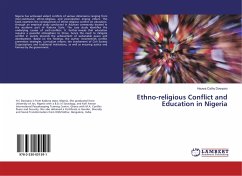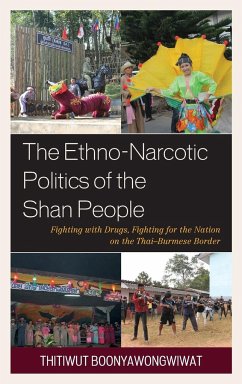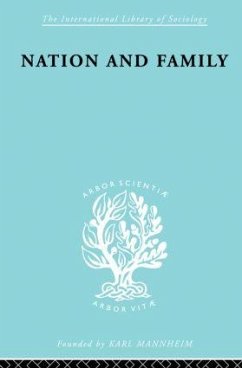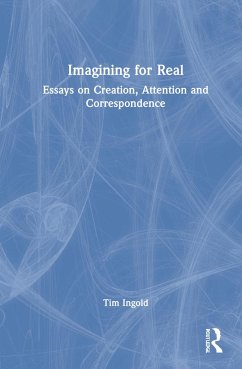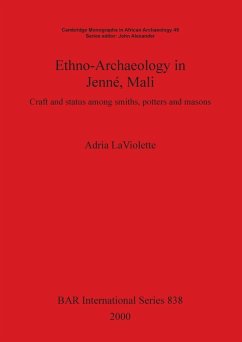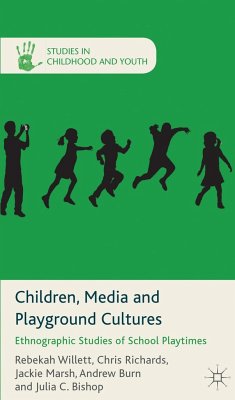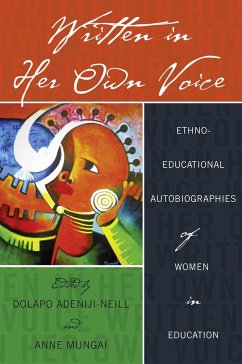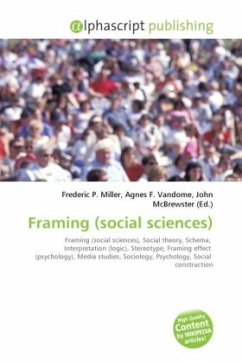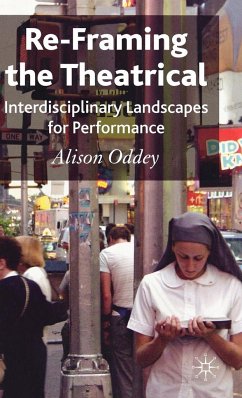
Framing Ethno-Religious Friction
The Role of the Nigerian Press in the 2002 Miss World Controversy
Versandkostenfrei!
Versandfertig in 6-10 Tagen
45,99 €
inkl. MwSt.

PAYBACK Punkte
23 °P sammeln!
The 2002 Miss World pageant scheduled to take placein Nigeria turned into acontroversial event, especially after a localnewspaper published a blasphemous articleabout the Prophet Muhammad. How this controversy wasframed in the op-ed pages ofeight selected Nigerian newspapers was the firstfocus of this study. Using framinganalysis approach, the study identified the keyframes that were employed by thesenewspapers in their narratives about ethnicity,religion, and gender the central issuesaround which the controversy revolved. A second focusof the study was the evaluationof the selected newspapers...
The 2002 Miss World pageant scheduled to take place
in Nigeria turned into a
controversial event, especially after a local
newspaper published a blasphemous article
about the Prophet Muhammad. How this controversy was
framed in the op-ed pages of
eight selected Nigerian newspapers was the first
focus of this study. Using framing
analysis approach, the study identified the key
frames that were employed by these
newspapers in their narratives about ethnicity,
religion, and gender the central issues
around which the controversy revolved. A second focus
of the study was the evaluation
of the selected newspapers performance based on the
social responsibility theory of the
press. The results of the study indicated that the
selected newspapers were complicit in
perpetuating the controversy due to their engagement
in regional, ethnic and religious
activism. Therefore, the study concluded that the
selected newspapers behaved
irresponsibly because of their failure to fulfill the
ethical tenets of the social
responsibility theory of the press.
in Nigeria turned into a
controversial event, especially after a local
newspaper published a blasphemous article
about the Prophet Muhammad. How this controversy was
framed in the op-ed pages of
eight selected Nigerian newspapers was the first
focus of this study. Using framing
analysis approach, the study identified the key
frames that were employed by these
newspapers in their narratives about ethnicity,
religion, and gender the central issues
around which the controversy revolved. A second focus
of the study was the evaluation
of the selected newspapers performance based on the
social responsibility theory of the
press. The results of the study indicated that the
selected newspapers were complicit in
perpetuating the controversy due to their engagement
in regional, ethnic and religious
activism. Therefore, the study concluded that the
selected newspapers behaved
irresponsibly because of their failure to fulfill the
ethical tenets of the social
responsibility theory of the press.



